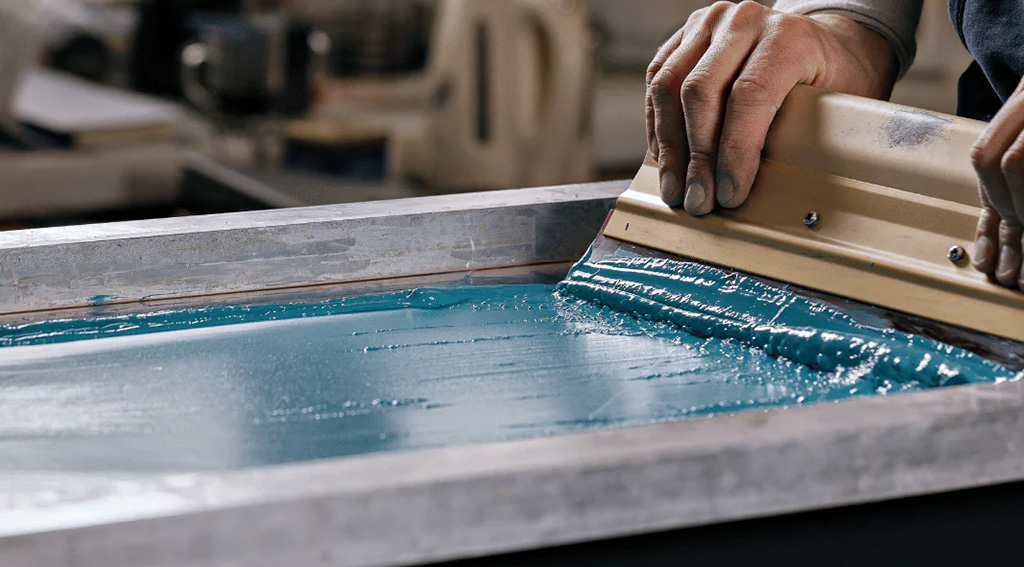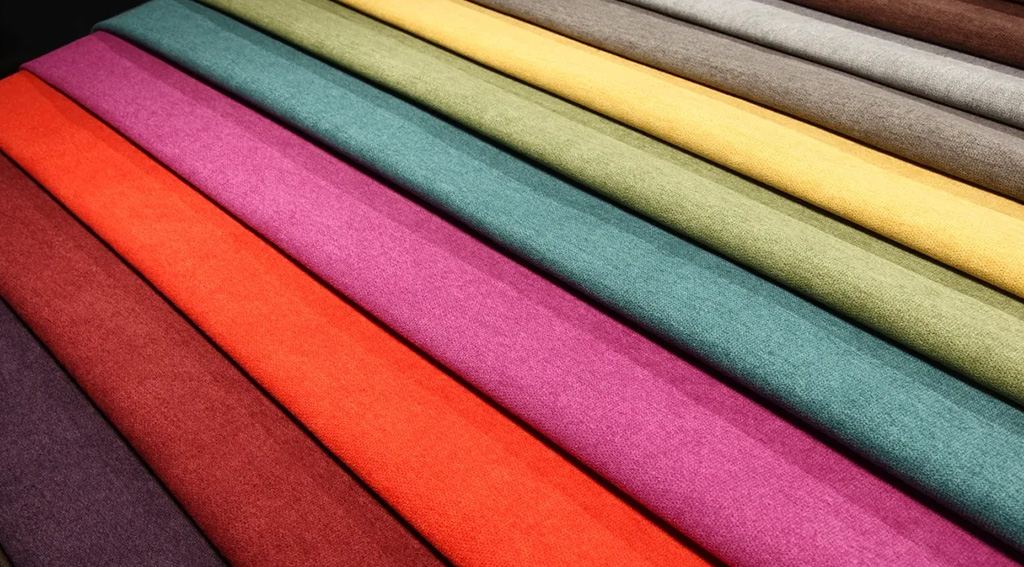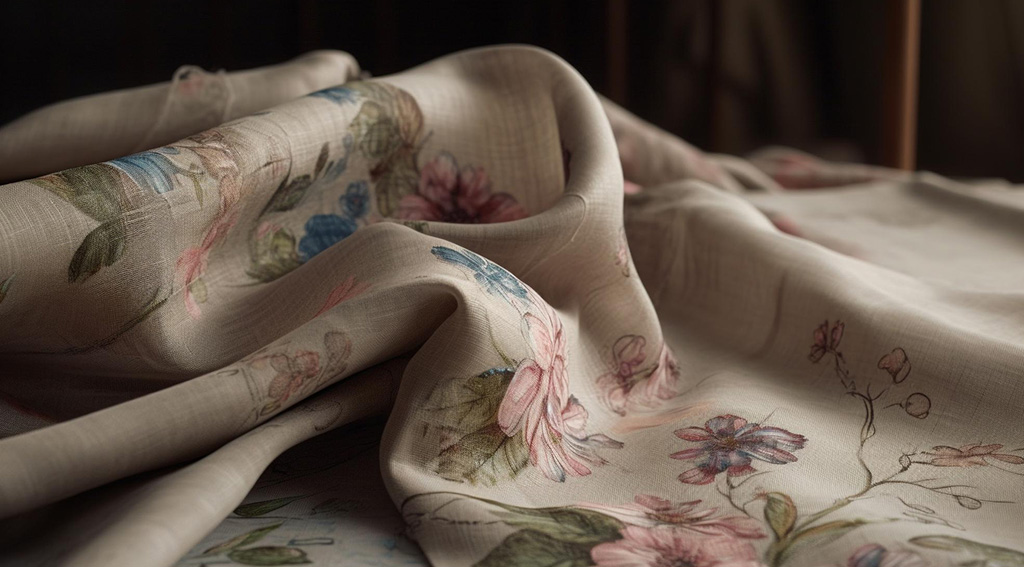
Fabric production and the apparel industry constitute a major sector closely associated with environmental impacts. However, the connection between fabric printing and sustainability is opening the doors to a green transformation in the textile industry. When fabric printing meets sustainability, it promotes an eco-friendly approach, offering the potential to reduce waste, use less water and energy, and avoid toxic chemicals.
Fabric printing, when using the right inks and chemicals, ensures the longevity of garments. This means less frequent changes of clothing and reduced waste going to landfills.
Additionally, fabric printing has significant potential in personalized clothing, allowing the production of custom designs tailored to individual preferences, serving as an alternative to the negative effects of “fast fashion.”
Furthermore, fabric printing methods consume less water and require less energy in production processes compared to other traditional printing methods. This contributes to the conservation of water resources and energy efficiency. Sustainable fabric printing practices minimize the use of toxic chemicals, positively impacting the health of both workers and consumers.
In conclusion, the intersection of fabric printing and sustainability encourages a green approach in the textile industry. This has the potential to address issues such as waste reduction, water and energy conservation, personalized clothing, and avoidance of toxins. The integration of sustainable practices in fabric printing can play a crucial role in reducing environmental impacts in the apparel industry and contribute to the development of more sustainable fashion options in the future.


